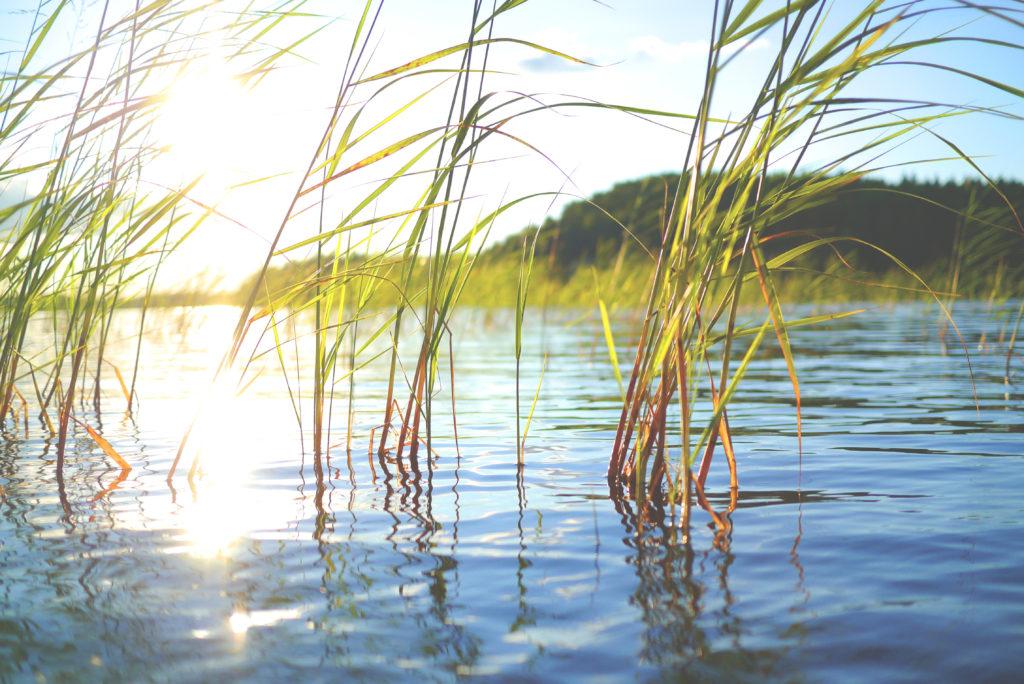
Reed aquatic grass in Finland © Pixabay
To improve cooperation and transboundary management between marine protected areas in the Baltic Sea, HELCOM organised its Second Marine Protected Areas Management Workshop in Vaasa, Finland from 9 to 12 September 2019.
“Species do not care about lines on a map,” said Jannica Haldin, the HELCOM Professional Secretary handling biodiversity, adding that marine protected areas (MPAs) are part of larger ecosystems that may include other MPAs, hence the need for a concerted regional approach to their management.
What’s more, there are currently several types of MPAs in the Baltic Sea, such as areas protected under national legislation, the EU’s Natura 2000 areas, and HELCOM MPAs. Overlaps between these areas – and legislations – are often significant.
Despite the fact that the combined area of all MPAs covers large parts of the Baltic, there is still insufficient assessment of how effective their management is. According to the MPA managers themselves, there is a lack of overview on methods, best practices and guidelines best suited for the region.
“In HELCOM, we have seen that MPA managers face identical challenges, no matter what part of the Baltic they are from,” said Haldin. “We therefore wanted to bring them together to share their experiences and find ways to improve cross-border work and to better navigate between the overlapping frameworks they may be working in.”
In placing the main focus on stakeholder interaction in marine conservation, a key topic identified during the first MPA management workshop held in 2018, the Vaasa event provided a platform for the managers to exchange views on common approaches, and to improve transboundary cooperation.
HELCOM already established the region’s first MPA Management Network (EN MPA MANET) earlier this year. One major aim of the network has been to link the different national and regional frameworks and international commitments such as the Aichi Biodiversity Targets, to ensure that the different obligations are well understood.
The workshop in Vaasa, co-financed by the EU Biogeographical Process and hosted by Parks and Wildlife Finland, was the first official meeting of the EN MPA MANET network and was held in Kvarken, or the Quark – a HELCOM MPA, Natura 2000 site and UNESCO World Natural Heritage Site.
Currently, 177 sites are listed in the HELCOM MPA database. Since the designation of the first HELCOM MPAs in 1994, there has been a substantial increase in the coverage of MPAs, from 3.9 percent of the Baltic Sea area in 2004 to 13.5 percent today.
